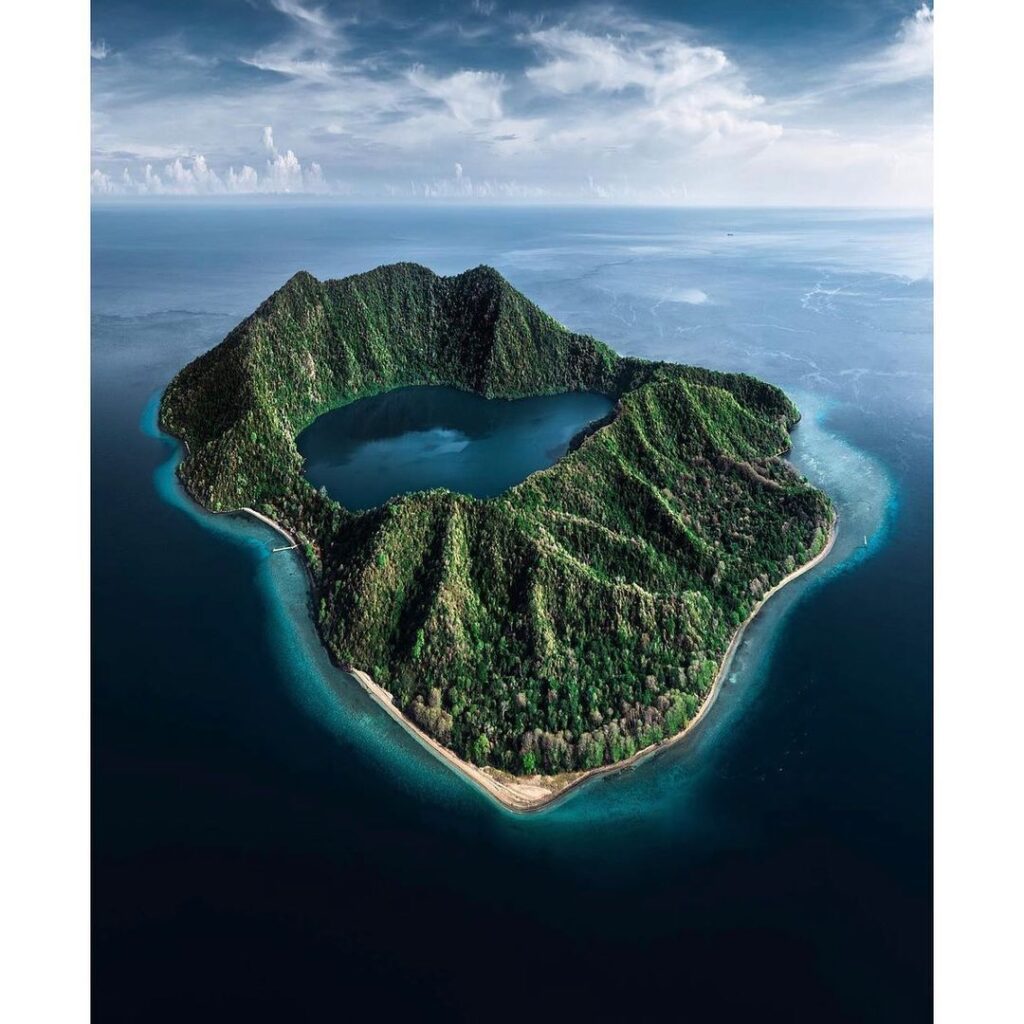The Geological Wonders of Labuan Bajo Tour: A Brief Overview

Labuan Bajo, located in the western part of Flores Island, is a popular tourist destination in Indonesia. Known for its crystal-clear waters, pristine beaches, and diverse marine life. Labuan Bajo is also home to various geological wonders that offer visitors a unique and memorable experience. This article will briefly overview the Labuan Bajo tour geological wonders, exploring this stunning region’s natural history and attractions.
The Volcanic History of Labuan Bajo
Labuan Bajo and its surrounding areas were formed due to volcanic activity millions of years ago. The region is situated on the volcanic arc known as the Sunda-Banda Arc, which extends from Sumatra in the west to Timor in the east. The volcanic arc is characterized by the subduction of the Australian tectonic plate under the Eurasian tectonic plate. Resulting in intense volcanic activity and forming a chain of islands, including Flores Island.

The volcano activity in the Labuan Bajo region has created a unique, breathtaking, and fascinating landscape. The volcanic rocks in the area are composed of lava flows, pyroclastic rocks, and volcanic ash and are of varying ages. The oldest rocks in the area date back to the Eocene epoch, while the youngest rocks are from the Holocene epoch, the current geological epoch.
Komodo Island: A Geological Marvel
Komodo Island is one of the most popular destinations in the Labuan Bajo tour, home to the famous Komodo dragons. However, Komodo Island is not just about dragons. It is also a geological marvel, with diverse volcanic rocks and formations that testify to the island’s volcanic history.
One of the most striking features of Komodo Island’s geology is its rugged terrain. Hills and steep slopes of volcanic rocks of varying colors and textures dominate the island. The rocks are of different ages, ranging from the Pliocene epoch to the Holocene epoch.
Another geological wonder of Komodo Island is its hot springs. The island has several hot springs that are believed to have medicinal properties. The hot springs result from the island’s volcanic activity and are fed by underground water heated by magma. Visitors can relax in the hot springs while admiring the stunning views of the island’s volcanic landscape.
Rinca Island: A Geological Treasure Trove
Another popular destination in the Labuan Bajo tour is Rinca Island. Like Komodo Island, Rinca Island is home to the Komodo dragons but is also a geological treasure trove. The island’s geology reflects its volcanic history, with an abundance of volcanic rocks and formations that are both stunning and fascinating.
One of the most impressive geological features of Rinca Island is its limestone formations. The island has several limestone hills and cliffs that are composed of fossiliferous limestone, which is limestone that contains fossils. The fossils in the limestone are evidence of the island’s past as a seabed and provide valuable information about the region’s geological history.
Rinca Island also has several caves that are worth exploring. The caves are formed in the island’s limestone formations and are home to diverse wildlife, including bats and swiftlets. Visitors can explore the caves while admiring the unique geological formations and the wildlife that inhabit them.
Labuan Bajo: A Geological Paradise
Labuan Bajo and its surrounding areas are a geological paradise, with an array of stunning landscapes, formations, and natural wonders that are a testament to the region’s volcanic history. Visitors can enjoy exploring the diverse range of geological features, from the rugged terrain of Komodo Island to the limestone formations of Rinca Island.
In addition to Komodo Island and Rinca Island, Labuan Bajo has several other geological wonders worth exploring. For example, the Cunca Rami waterfall is a stunning natural wonder surrounded by towering cliffs and lush vegetation. The waterfall is fed by the Cunca Rami River, which flows through a narrow gorge and drops over a cliff, creating a spectacular waterfall.
Labuan Bajo has several other waterfalls worth visiting, including the Wae Cicu and Batu Cermin. These waterfalls are not only stunning natural wonders but also offer visitors the opportunity to explore the unique geological features of the region.
Another geological wonder of Labuan Bajo is its coral reefs. The region has some of the world’s most diverse and pristine coral reefs, with colorful fish, sea turtles, and other marine life. The coral reefs are a testament to the region’s volcanic history, as the volcanic rocks provide the perfect substrate for coral growth.
Visitors to Labuan Bajo can explore the coral reefs through snorkeling and diving tours, which many local tour operators offer. These tours allow visitors to witness the region’s stunning diversity of marine life. Learn about the unique geological features that make the Labuan Bajo tour a memorable experience.


